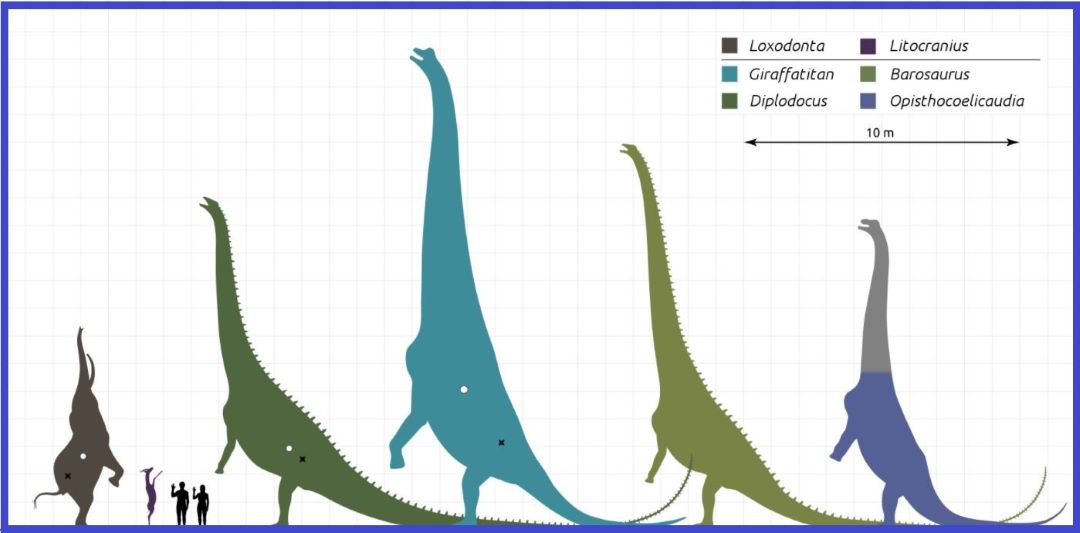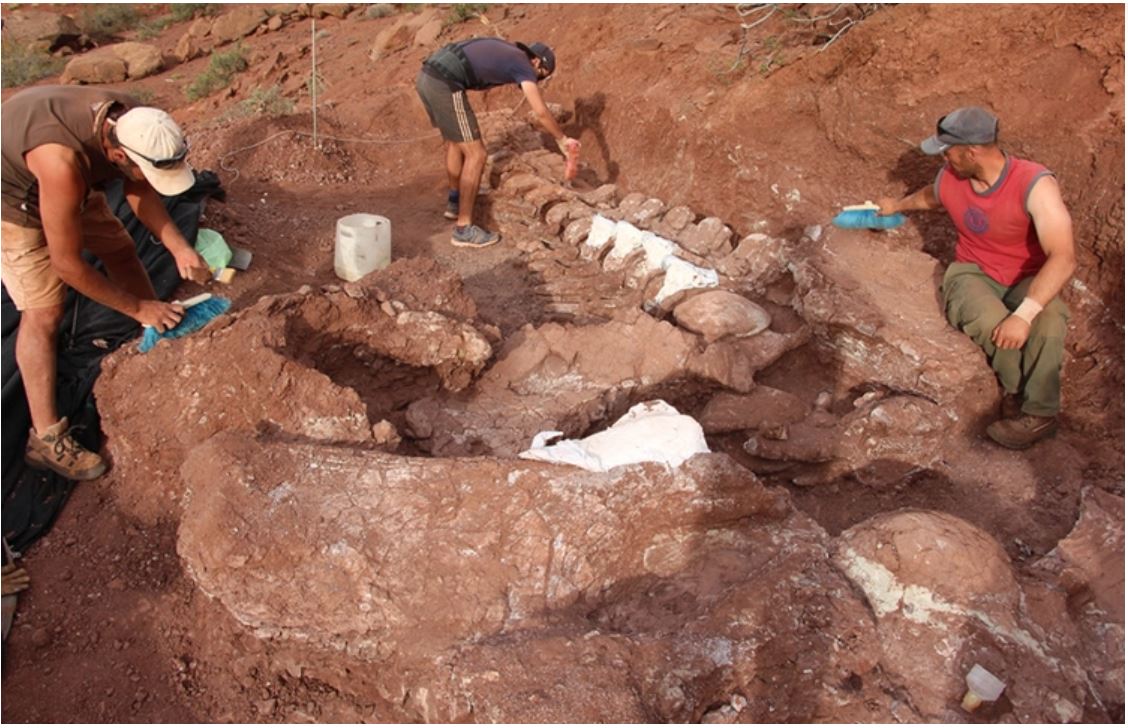Paleontologists in Argentina have uncovered the remains of a giant dinosaur. Of the few bones discovered, they believe it may have been the largest herbivorous creature that ever lived on planet Earth.
The Largest Fossils
The newly discovered individual may have been larger than its relative Patagotitan mayorum. Members of this genus lived 100 million years ago and reached a height of 37.2 meters. The colossal Argentine lizard (Argentinosaurus), which was estimated to weigh 75 to 94 tons, was considered the largest known terrestrial animal to date.

Fossils, similar to giant sauropods (large herbivorous dinosaurs with long necks and tails and four legs), have been found by experts on all continents except Antarctica. However, the largest of them, including the remains of dinosaurs weighing more than 40 tons, was discovered in Patagonia.
The tail vertebrae, parts of the pelvis, and other bones of the giant lizard that roamed today’s province of Neuquén in Argentina’s Patagonia were found by experts in a geological formation known as the Candelerosna Formation, which is rich in fossils.
A Gigantic Pre-Historic Herbivore
“It’s a huge dinosaur, but we hope to find more parts of the skeleton on other expeditions so we can say for sure how big it really was,” said Alejandro Otero, a paleontologist at the Natural History Museum in La Plato, Argentina.

Until scientists analyze the dinosaur’s femur or humerus, it is not possible to determine with certainty how much the ancient lizard weighed. However, the fossils found so far suggest that a partially exposed individual could be considered one of the largest paleontologists have discovered so far.
It is not yet clear which species the discovered dinosaur belonged to, but scientists do not expect it to be a new species. Let’s wait for exciting news.
Source: https://mymodernmet.com/dinosaur-fossil-titanosaur-argentina/, featured photo by Alejandro Otero and José Luis Carballido/CONICET




